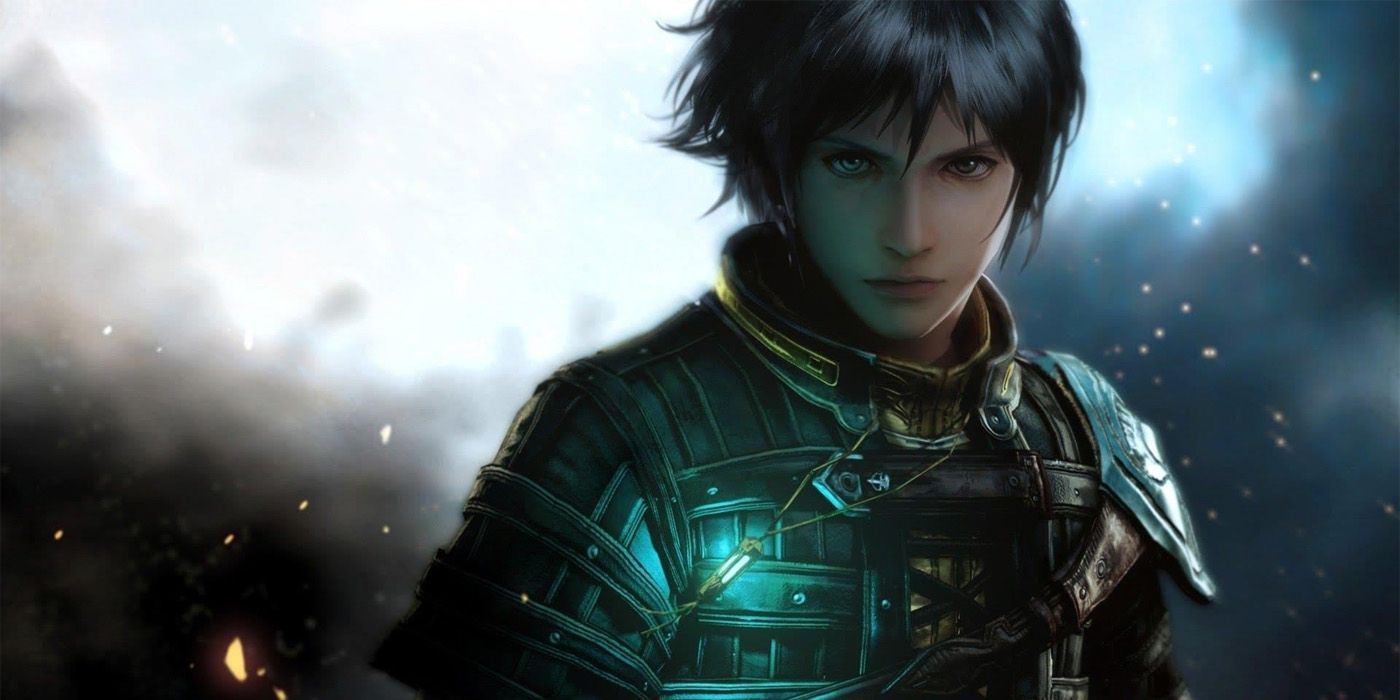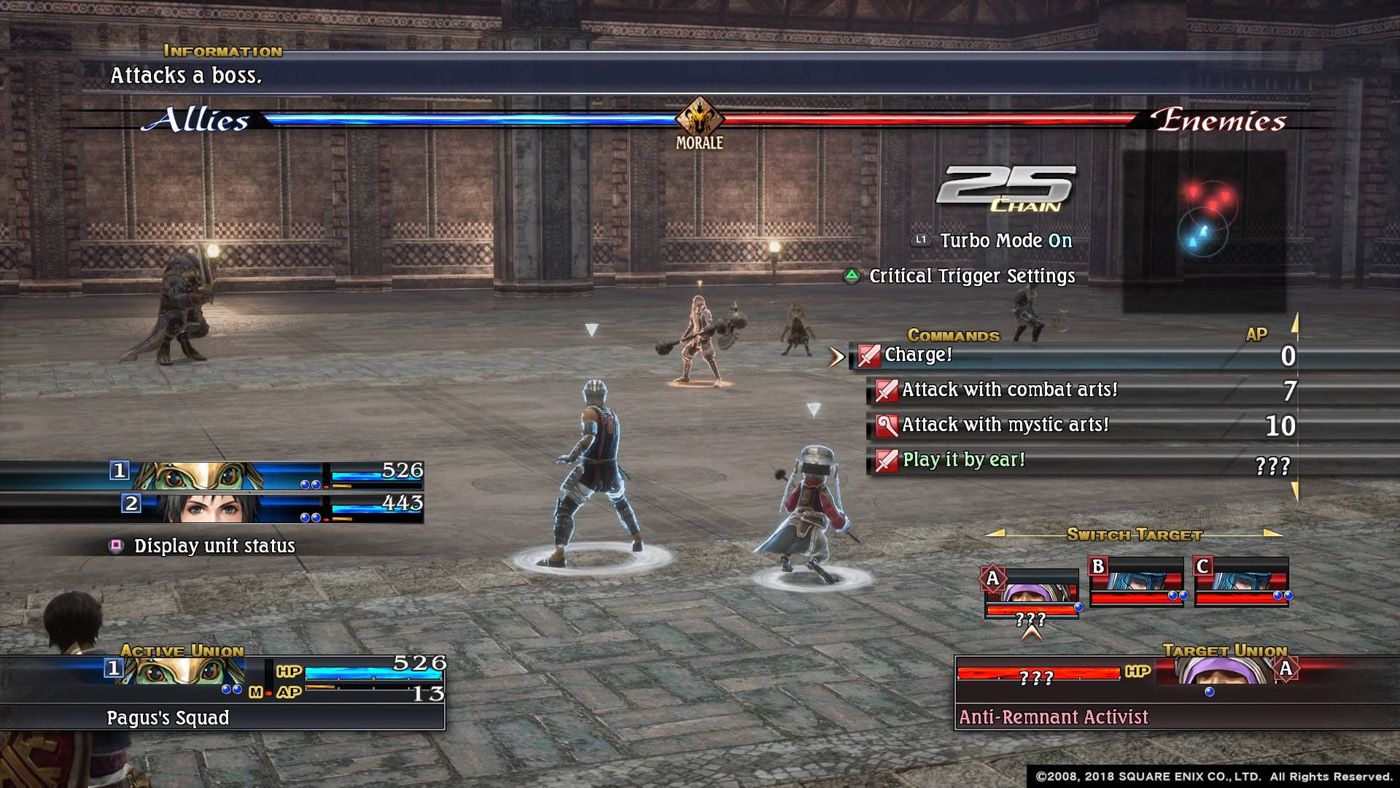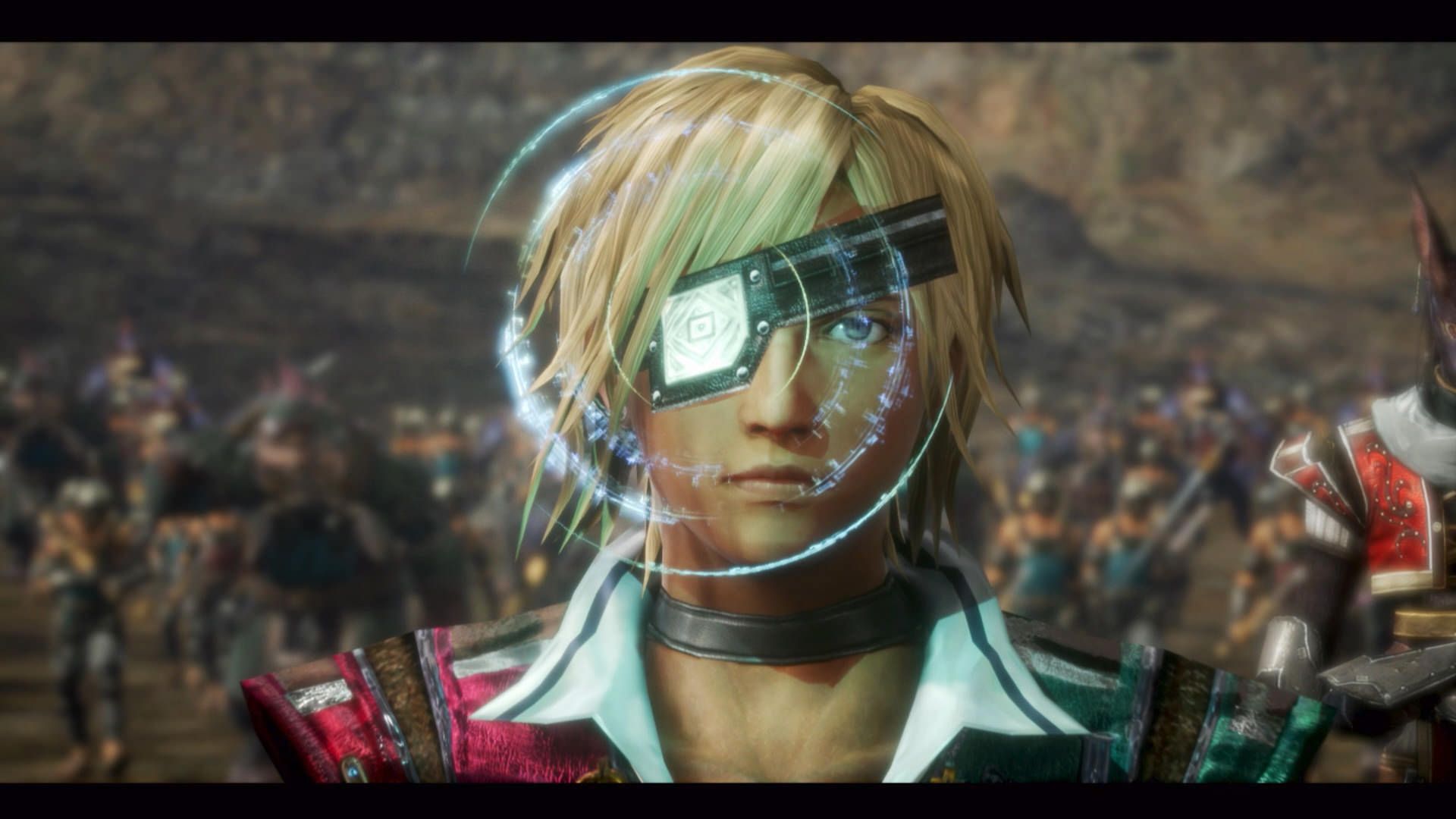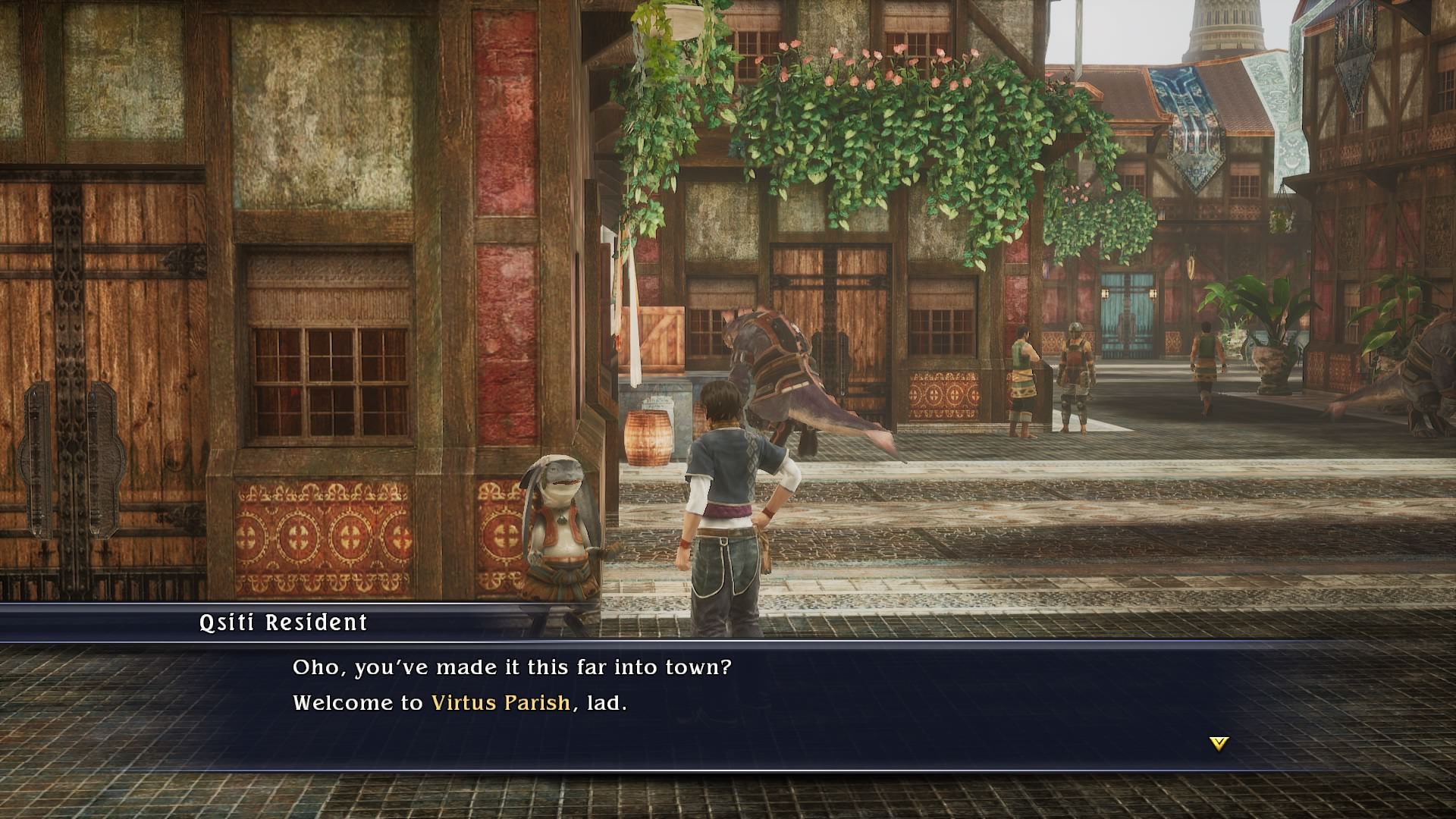It's always exciting when a favorite classic game gets a remaster, but then there are times when players wonder why some games get a remaster at all. Such is the case with The Last Remnant Remastered, which technically looks good, but the title itself doesn't hold a candle to similar games in the JRPG genre.
The original version of The Last Remnant released in 2009 and follows the story of a young boy, Rush Sykes, whose sister gets kidnapped by monsters. The game is all about his search for his sister, as well as uncovering details about the mysterious remnants, magical artifacts that have sparked wars throughout the world's history. Rush meets many other characters along the way, including those who can help him in his quest.
Related: Dragon Quest XI Review: A Magical And Near-Perfect RPG
If that story seems a little dull, it's because it is. Even in The Last Remnant Remastered, the plot doesn't really do much to compel the player into caring about what happens to this world and its characters. Considering that Square Enix has an entire back catalog of JRPGs with the kind of stellar storytelling that players continue to discuss in 2018, it's sort of surprising that the company chose to give this one a remastered version for the PlayStation 4. The characters in The Last Remnant feel uninspired as if the writers were going through the motions of creating a roleplaying game. Even the main character, Rush, isn't someone players can care about, even though he's a boy whose parents have all but abandoned him for their work and whose sister gets kidnapped.
The Last Remnant does a few things, though, to separate itself from other JRPGs. Rush does not wander all over the world in search of his sister. Instead, there's a world map that has points on it, places that Rush can quickly travel to, either within a particular city or throughout the world. More areas open up as the game progresses. While in specific areas, Rush can go to shops and purchase items, as well as talk to NPCs. Some NPC's have specific quests that Rush can take immediately. The problem with this, though, is that if the player takes the mission, Rush immediately goes to the area where it takes place without any idea of what level that quest is. There are also guilds where Rush can hire additional "units," groups that help Rush when he goes into combat against enemies. This kind of travel on the game map is refreshing, especially when almost every modern game is now so open world that players spend hours just trying to climb up and down a mountain.
It's the combat that really sets The Last Remnant apart from other similar titles. Although it is turn-based, each turn covers an entire unit, so the player only gets prompted to choose actions for each unit, rather than for each party member. It's hard to explain and even more difficult to understand during gameplay. Although Square Enix tried to do something different here, it ends up feeling like the game is playing itself during battle scenes, taking most of the control away from the player. It's also very unpredictable, meaning that Rush and his units will die a lot.
One of the biggest complaints about the original game had to do with issues regarding the graphics. The remastered version not only fixed those issues but makes this classic game look pretty good, much better than it did in 2009. However, it doesn't look quite as good as most games released in 2018, so a remaster can, apparently, only do so much.
Square Enix made this old title look fairly new again, but the critical question here is why? With so many other great games in its library, why did it choose The Last Remnant to remaster? Square Enix might have used its valuable resources for a different project. Regardless, fans of the original game should feel pleased with The Last Remnant Remastered.
More: 15 Final Fantasy Secrets That Square Enix Never Thought You’d Notice
The Last Remnant Remastered is available now on PlayStation 4. Screen Rant was provided PS4 copy for the purposes of this review.




